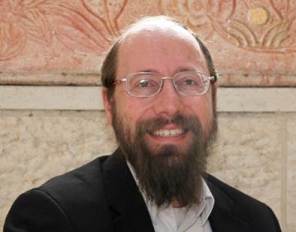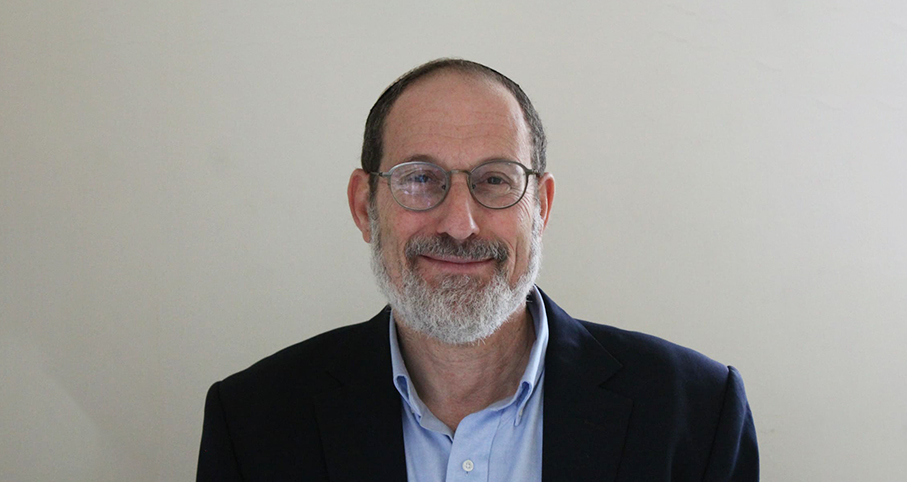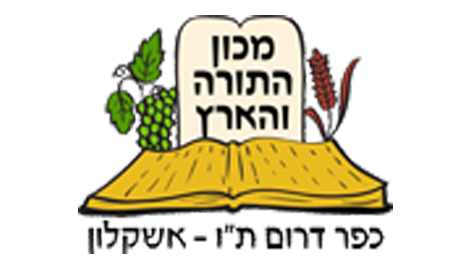Ask the Rabbi
- Torah and Jewish Thought
- Emuna - Jewish Thought
- General Questions
Question
We read in parshat Bereshit that the b’nei elokim fell into sin. Rashi brings two opinions about who they were. The majority of meforshim go with Rashi’s first opinion, thus interpreting that b’nei elokim as humans, probably descendents a of Seth who had forbidden relationships with the daughters of men who might be especially from Cain’ offspring. Until here all clear. Now I know that there are some midrashim and ancient writings that interpret b’nei elokim as angels. The Targum Yonatan although interprets b’nei elokim as human but it inserts a story about two angels who were endowed by God of the opportunity of becoming fully humans and then have free will. These former angels, now humans, sinned proving that they were not any better than humans in giving in to sin. The Talmud speaks about these angels and qualifies them as "fallen angels", so to speak.
Now the Rebbe of Chabad in his Kehot Chumash takes the same approach of the Targum Yonatan and expands Rashi’s plain meaning in this way.
Now my question: Is the targumic and talmudic insertion or discussion of the account p’shat? If not, why would the Rebbe include it in his Rashi-interpolated Chumash as p’shat?
Todah Rabah
Answer
The explanation of the Targum and Talmud is clearly not pshat, but I’m not familiar with the Rebbe’s opinion and methodology regarding Rashi and pshat. Your’e better off asking a chabadnik. In general, the Chassidic rebbes have a very liberal or broad definition of pshat, and often overlap drash and pshat almost without differentiation.
With love of Israel,
Rav Ari Shvat

Prayers, Yom Kippur, etc.
Rabbi Elchanan Lewis | 13 Tammuz 5764

What are angels and Satan in Judaism?
Rabbi Ari Shvat | Kislev 22, 5782

A question regarding love
Rabbi David Sperling | Sivan 19, 5784




